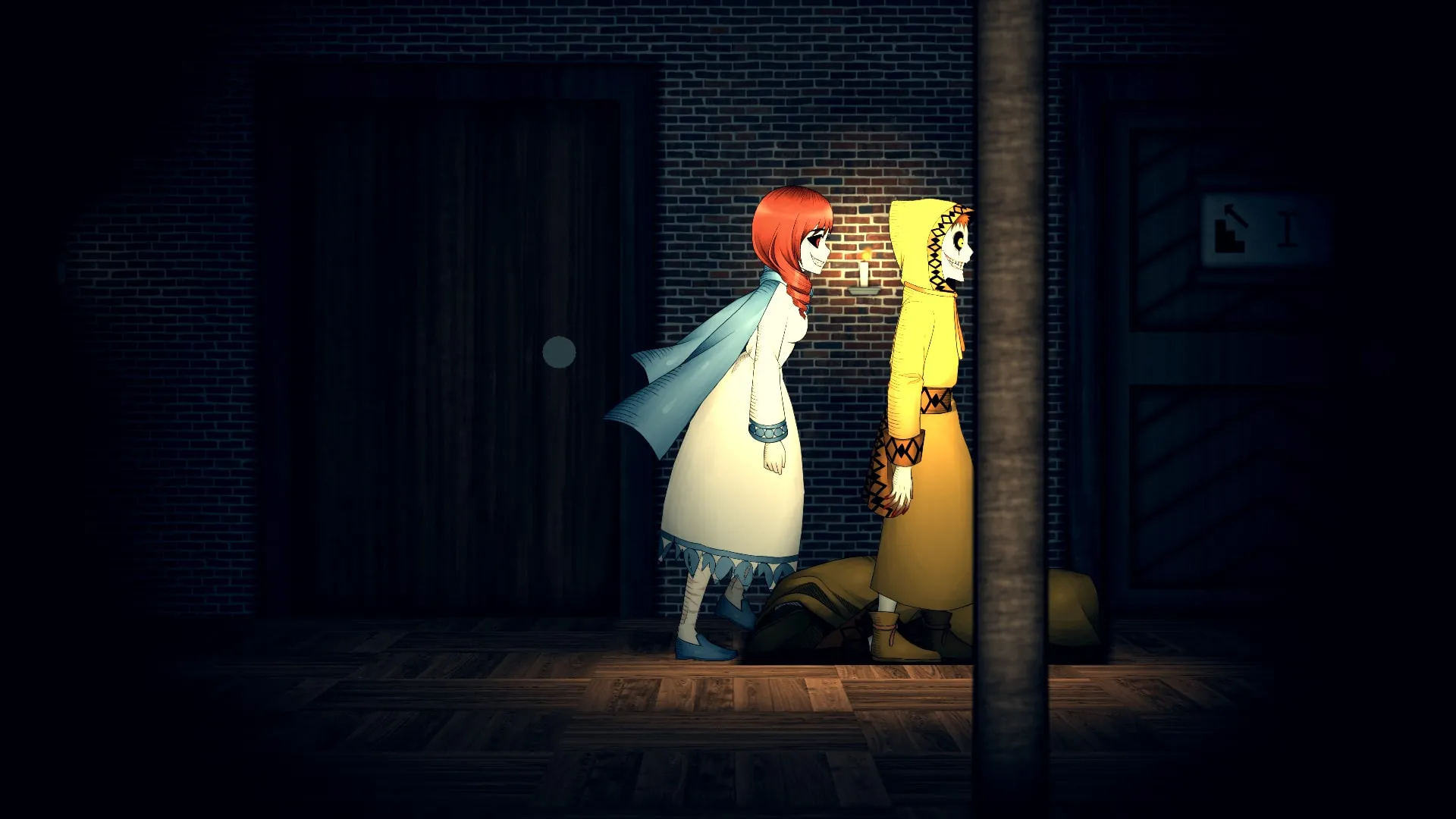
Clea: A Horror Game That Redefines Fear
Contents
The horror genre is saturated with jump scares, often used as a cheap tactic to elicit a fleeting fright. But what happens when a game intentionally avoids this well-worn trope? Three scenarios are likely: the developers are bluffing, the game will be a dismal failure, or it will be a truly unique experience. Clea falls squarely into the third category. Developed by InvertMouse, known primarily for visual novels, Clea stands out as a chillingly effective horror experience. This review dives into the darkness to uncover what makes Clea so special.
Mastering the Sounds of Dread
Sound design is crucial in any horror experience. It amplifies the emotions on screen, immersing the player in a chilling atmosphere. Try watching a horror movie with the sound off; the effect is drastically diminished. Surprisingly, Clea turns this on its head. While you could play with the sound off, doing so would be a grave mistake. Sound isn’t just atmospheric in Clea; it’s your primary survival tool.
Gameplay in Clea shares similarities with White Day: A Labyrinth Named School and The Coma: Recut. You’re stalked relentlessly by enemies unique to each area. However, unlike those games, being spotted in Clea often means a swift demise (unless you’re playing on Easy, which negates the core experience and locks achievements). Enemies are fast, cunning, and always aware of your presence. Your only true ally is sound—an ally that, instead of a quick kill, delivers a slow, creeping, and unrelenting dread.
Listening intently opens you up to Clea’s insidious psychological horror. The ominous music blends seamlessly with the creaks, groans, footsteps, and slamming doors. To survive, you must decipher this cacophony, extracting meaningful information to pinpoint enemy locations and plan your next move.
 Clea
Clea
 Clea
Clea
Listening intently opens you up to Clea’s insidious psychological horror.
The developers clearly prioritized audio as the primary source of horror, using visuals to punctuate the experience. While the environment is dark, foreboding, and unsettling, there’s a surprising lack of explicitly horrific imagery—save for one specific image. Upon death or discovery, you’re greeted by a chilling laugh accompanied by a disturbing, enigmatic face. This image, seemingly depicting a demonic version of Clea, lacks clear narrative context, adding to its unsettling nature. Each appearance reinforces your fear of failure, etching itself into your memory and triggering a fresh wave of dread.
Instead of relying on cheap jump scares, Clea masterfully crafts an atmosphere of pervasive dread, weaving a web of fear that’s hard to escape.
 Clea
Clea
Survival in the Shadows
Clea is a survival-puzzle game, and the greatest puzzle is survival itself. The game isn’t particularly long, aligning with other horror-puzzle titles like Limbo, Inside, and Little Nightmares, which average around two hours of playtime. However, these games often have a static difficulty, making puzzles predictable after a single playthrough. Clea takes a different approach, offering both static and dynamic challenges.
Static challenges are the environmental puzzles you must solve to progress. While not overly complex, they become significantly more difficult on higher difficulty settings. Playing on Easy allows you to sprint through the game in under 30 minutes, bypassing much of the intended experience. The real challenge lies in the dynamic element: surviving on Hard or higher. These difficulties demand careful planning, forcing you to attune to the soundscape and anticipate enemy movements. You must avoid being seen, heard, or even detected.
 Clea
Clea
 Clea
Clea
Clea introduces a unique mechanic: opening doors creates a small window of vulnerability. However, if both you and an enemy attempt to pass through a door simultaneously, you remain undetected. This allows for a daring strategy: lure an enemy, observe them through a doorway, and time your movement to coincide with theirs. In Clea, facing your fears head-on can be the key to survival. Of course, this strategy is less effective against stealthy or exceptionally fast enemies—both of which Clea features.
The real challenge lies in the dynamic element: surviving on Hard or higher.
The Hook That Keeps You Coming Back
By anchoring its challenge in difficulty, Clea offers significant replayability. Even after multiple playthroughs, the escalating difficulty and the persistent sense of dread keep you coming back. Starting on Hard (Dark) is recommended, unlocking the even more challenging Chaos mode upon completion. The developers continue to support the game, adding a Chaos+ mode for the truly dedicated. Higher difficulties increase enemy speed and reduce player assistance, demanding optimized strategies and flawless execution.
Clea also features secret levels, offering further narrative insights and unlocking the true ending. While not as challenging as the main game, these secrets add an extra layer of intrigue. Speaking of narrative, Clea’s story isn’t particularly profound or emotionally resonant, but it’s sufficiently engaging to keep you invested. Finally, for those still hesitant, the game’s low price point makes it an easily justifiable purchase.
In conclusion, Clea is a compelling horror experience that immerses you in a soundscape of dread, challenges you with tense survival puzzles, and keeps you hooked with escalating difficulty and hidden secrets. A final note: for the optimal experience, headphones are highly recommended.
 clea
clea
Information
- Developer: InvertMouse
- Publisher: InvertMouse
- Genre: Horror – Puzzle
- Release Date: July 11, 2019
- Platform: PC
Minimum Requirements
- OS: Windows 7 (64-bit required)
- CPU: 1.2 GHz Pentium 4
- RAM: 4 GB
- DirectX: 10
- HDD: 1400 MB
Tested System
- OS: Windows 10 Pro 64-bit
- CPU: Ryzen R7 1700 @ 3.7 GHz
- RAM: 16 GB
- GPU: MSI Rx Vega 56 Airboost
- SSD: Samsung 950 Pro 256GB
Game provided by InvertMouse.





Comments (0)